From Sun Tzu, The Art of War, submitted without comment:
15. Unhappy is the fate of one who tries to win his battles and succeed in his attacks without cultivating the spirit of enterprise; for the result is waste of time and general stagnation.
16. Hence the saying: The enlightened ruler lays his plans well ahead; the good general cultivates his resources.
17. Move not unless you see an advantage; use not your troops unless there is something to be gained; fight not unless the position is critical.
18. No ruler should put troops into the field merely to gratify his own spleen; no general should fight a battle simply out of pique.
19. If it is to your advantage, make a forward move; if not, stay where you are.
20. Anger may in time change to gladness; vexation may be succeeded by content.
21. But a kingdom that has once been destroyed can never come again into being; nor can the dead ever be brought back to life.
22. Hence the enlightened ruler is heedful and the good general full of caution. This is the way to keep a country at peace and an army intact.



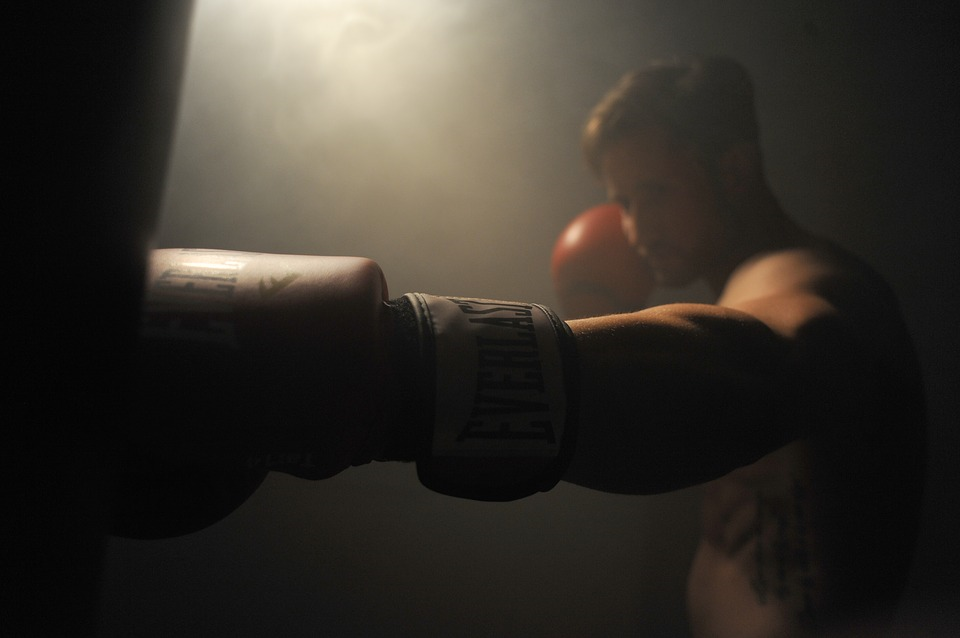
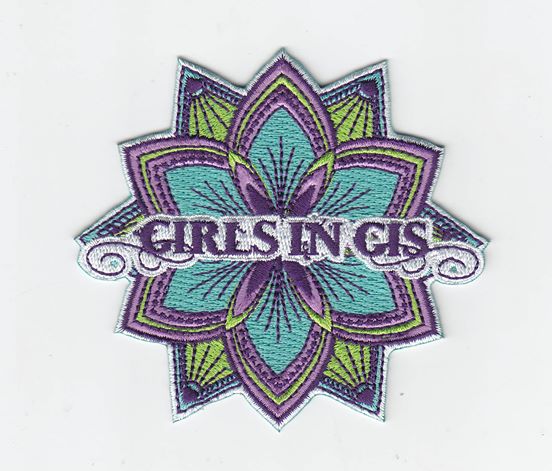

 The term “Boyd Belts” in BJJ refers to a philosophy of training that Rener Gracie came up with in regards to rolling with people of different ages and weight classes. After having a conversation with black belt John Boyd, Rener realized that he had to come up with a way to describe what it’s like to roll with people of different ages and weight. Boyd had been having trouble grappling with a blue belt that was 20 years younger, and 60 pounds heavier than him. Boyd, feeling like he should have been able to submit the blue belt,spoke to Rener about it, and Rener came up with this concept that he later coined the “Boyd Belts”
The term “Boyd Belts” in BJJ refers to a philosophy of training that Rener Gracie came up with in regards to rolling with people of different ages and weight classes. After having a conversation with black belt John Boyd, Rener realized that he had to come up with a way to describe what it’s like to roll with people of different ages and weight. Boyd had been having trouble grappling with a blue belt that was 20 years younger, and 60 pounds heavier than him. Boyd, feeling like he should have been able to submit the blue belt,spoke to Rener about it, and Rener came up with this concept that he later coined the “Boyd Belts”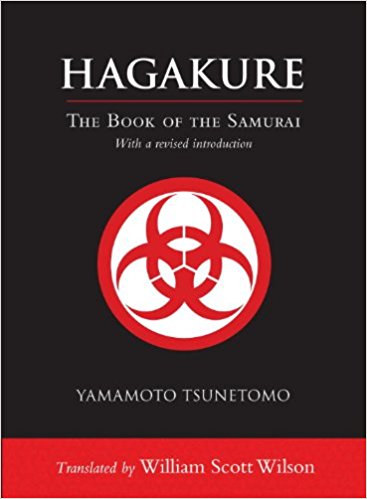
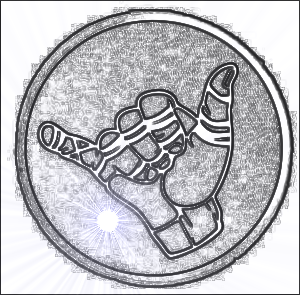
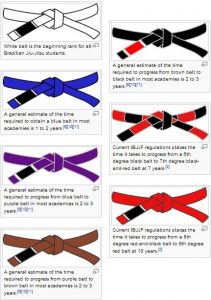 Earning rank in Brazilian Jiu Jitsu is perhaps harder to do than in any other martial art. It’s no secret that jiu jitsu black belts are considered to be among the toughest members of the fighting community, having put in thousands of hours over the years to obtain the rank. What’s not always as clear, however, is what criteria needs to be met to be considered a black belt, or any of the other ranks in jiu jitsu. That’s because there’s no clear cut system of moves defined per belt level like in other martial arts. Jiu jitsu has no katas, and most schools don’t do belt tests, it’s left to the discretion of the instructor.
Earning rank in Brazilian Jiu Jitsu is perhaps harder to do than in any other martial art. It’s no secret that jiu jitsu black belts are considered to be among the toughest members of the fighting community, having put in thousands of hours over the years to obtain the rank. What’s not always as clear, however, is what criteria needs to be met to be considered a black belt, or any of the other ranks in jiu jitsu. That’s because there’s no clear cut system of moves defined per belt level like in other martial arts. Jiu jitsu has no katas, and most schools don’t do belt tests, it’s left to the discretion of the instructor.